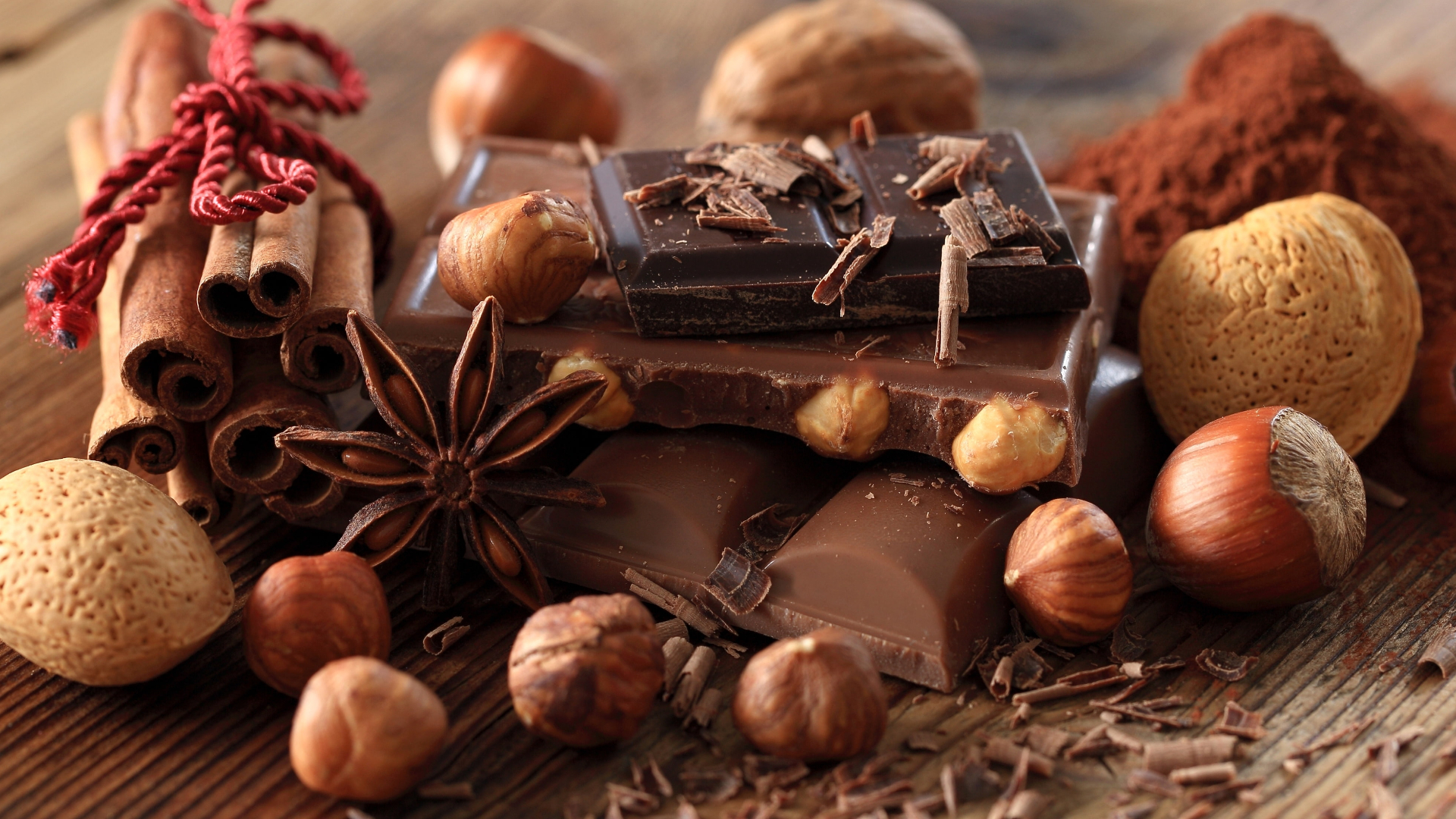Chocolate. Just the word has the power to evoke memories, tantalize taste buds, and bring smiles to faces. Across the globe, this delectable treat transcends borders, cultures, and generations. But what is it about chocolate that makes it so universally adored?
#### A Brief History of Chocolate
The origins of chocolate trace back to the ancient civilizations of Mesoamerica. The Mayans and Aztecs revered cacao, the plant from which chocolate is derived, considering it a divine gift. They consumed it as a frothy, bitter drink, often spiced with chili peppers and other ingredients. It wasn’t until chocolate reached Europe in the 16th century that it began to morph into the sweeter, solid form we’re familiar with today.
#### The Science Behind the Cravings
One reason for chocolate’s allure lies in its complex chemistry. Chocolate stimulates the release of endorphins, the body’s natural “feel-good” chemicals. It also contains serotonin, a neurotransmitter that contributes to feelings of happiness and well-being. Theobromine, another component, acts as a mild stimulant and mood enhancer.
Then there’s the texture. The way chocolate melts in your mouth, thanks to its unique fat composition, provides a sensory experience that few other foods can match. This melting point, just below human body temperature, creates a luscious, velvety sensation upon consumption.
#### The Art of Chocolate Tasting
Like fine wine, chocolate tasting is an art. To truly appreciate its nuances, one must engage all the senses. Here’s a simple guide to elevate your chocolate-eating experience:
1. Look: Examine the chocolate’s surface. A high-quality chocolate bar should have a glossy finish, free of blemishes or streaks.
2. Smell: Inhale the aroma. Break a piece of the chocolate and take a deep breath. Good chocolate should have a rich, inviting scent.
3. Snap: Listen to the sound it makes when you break it. A crisp, clean snap is a sign of well-tempered chocolate.
4. Taste: Let it melt on your tongue, allowing the flavors to unfold gradually. Notice the initial burst, the middle notes, and the aftertaste.
#### The Cultural Significance
Chocolate has woven itself into the fabric of various cultures, representing more than just a treat. In many societies, it’s a symbol of love and affection. Think of Valentine’s Day, where chocolate boxes convey messages of romance and appreciation. In others, it’s a staple in ceremonies and traditions, from Mexican Mole sauce to luxurious European truffles.
#### The Health Benefits (Yes, Really!)
While often maligned as a guilty pleasure, chocolate, particularly dark chocolate, offers several health benefits when consumed in moderation. It’s rich in antioxidants, which combat free radicals and reduce inflammation. It can improve heart health by lowering blood pressure and improving circulation. And let’s not forget the mental health boost from those mood-enhancing chemicals we discussed earlier.
#### Making Ethical Choices
As we indulge in our love for chocolate, it’s essential to consider where it comes from. The dark side of chocolate includes issues like child labor and unsustainable farming practices. Opt for ethically sourced and fair-trade chocolate to ensure that your enjoyment does not come at a cost to others.
#### A Final Note
Chocolate is more than just a food; it’s an experience, a tradition, and a connection to both history and humanity. Whether you’re savoring a single origin bar, baking a rich chocolate cake, or sharing a box of pralines with loved ones, take a moment to appreciate the journey that led to that piece of chocolate in your hand.
So next time you unwrap a piece, don’t just eat it. Savor it. Let it transport you to the lush cacao plantations, the bustling streets of historical markets, and the innovative kitchens of chocolatiers. In every bite, there’s a story waiting to be told.

Leave a Reply